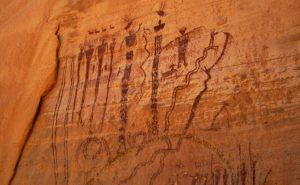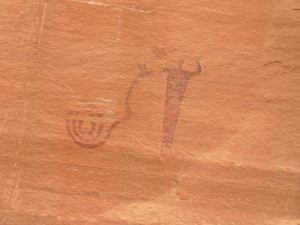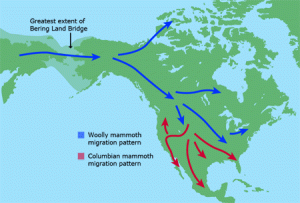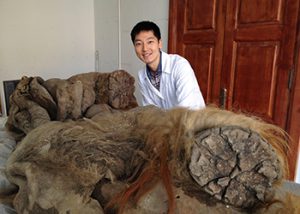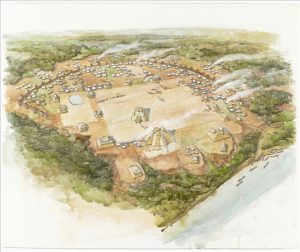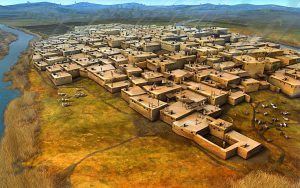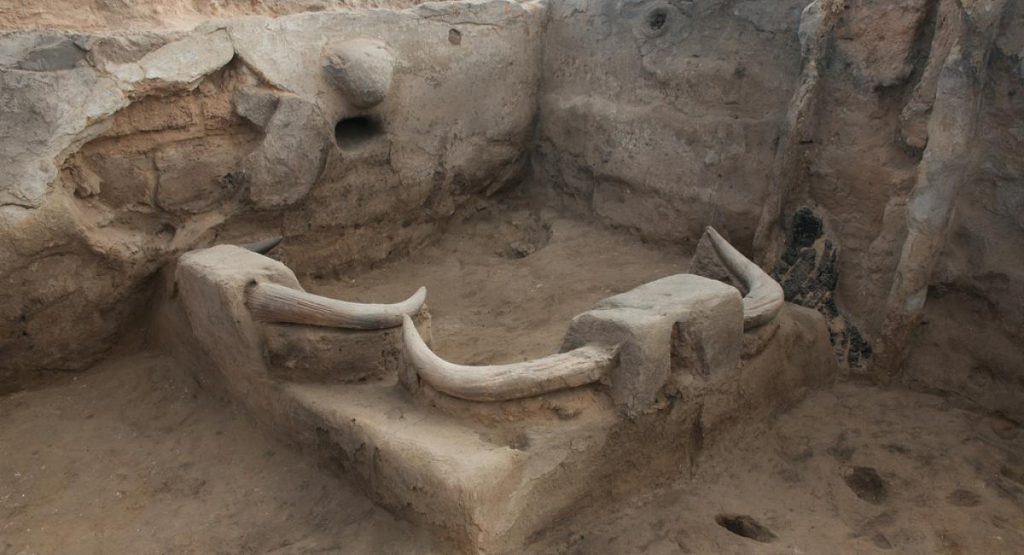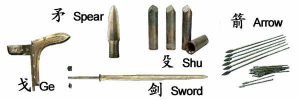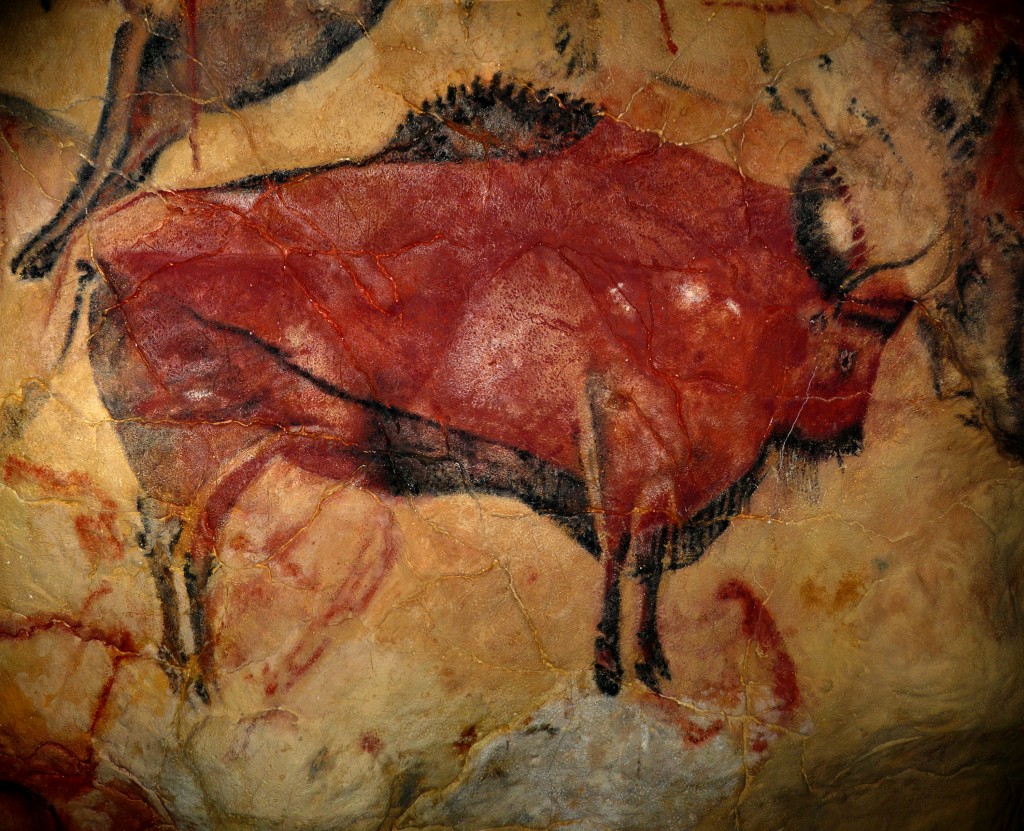Humans living today can foresee the imminent rising sea level and changing weather patterns associated with climate change, but early humans living thousands of years ago had no such forecasts. Despite today’s more sophisticated prediction technologies, the majority of earth’s population lives in such a way that they are as vulnerable, if not more vulnerable, to climate changes as early humans. We too live on coastlines threatened with rising sea levels; we too depend on stable and immobile food sources. However, contemporary humans are unwilling to adapt our ways to live with or slow down climactic changes. Prehistory contains the records of how hominids have adapted to past changes in climate without the technology and resources we have now. With knowledge of these adaptations, archaeologists and the wider scientific community can better understand how we as a species can respond to the impending climate changes.
Siberia’s Kamchatka peninsula is one current location of an archaeological effort to understand the human reaction to climate change 4,000 to 6,000 years ago. This study in Siberia is a part of a larger international research study aimed at collecting a vast array of archaeological and paleoenvironmental data– the Social Change and the Environment in Nordic Prehistory Project (SCENOP). Related studies are underway in the arctic regions of St. James Bay, Quebec, and northern Finland. In Kamchatka, the goal is to explain ancient regional chronologies and understand the ways in which prehistoric humans adapted to significant environmental changes, including global warming, earthquakes, tsunamis, and volcanic eruptions. Archaeologists are using sixteen different pollen records to reconstruct vegetation dynamics and climate changes during the Holocene climactic optimum, a warm period that occurred during the Holocene era.
The Holocene climactic optimum was a much slower change than present anthropogenic global warming, occurring at about one-third of the rate we face today. The warming that has taken place on earth over the past 300 years since the Industrial Revolution took approximately one thousand years during the Holocene period. However, the novelty and vulnerability of humans in these changing climactic conditions is comparable, and analysis of data gathered on early human adaptation will enable more effective collaboration between present day social, natural, and medical sciences in order to devise responses to current global warming.
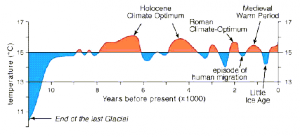
Graph of climactic fluctuations over the past 11,000 years depicting the two major Holocene Climate optimums.
Although the archaeological effort to understand the early human response to climate changes is still underway, scientists have identified correlations between environmental fluctuations and important shifts in human behavior. During the period of climatic fluctuations in the Holocene era, humans began to domesticate plants and animals and subsequently adopted agriculture. These adjustments later led to sedentary settlements and the expansion of urban-based societies. Archaeologists hypothesize that this correlation suggests that the beginning of agriculture is linked to Holocene-era climate amelioration. Further reading on these adaptations can be found below.
Sources:
http://www.futurity.org/how-early-humans-adapted-to-climate-change/
https://www.scientificamerican.com/article/hominids-adapt-to-past-climate-change/
https://sites.google.com/site/scenop/
Class notes/handouts
http://repository.ias.ac.in/21961/1/333.pdf
Images:
https://www.iceagenow.info/real-unprecedented-warming-happened-industrial-age/
http://earthobservatory.nasa.gov/IOTD/view.php?id=38865
Further Reading:
http://repository.ias.ac.in/21961/1/333.pdf


